жЬИжЫЬжЧ•, 11жЬИ 7th, 2011...9:31 AM
Nara Nishonokyo Walking guide
Reading time: About 4 minutes
Nara Nishonokyo Walking guideNishinokyo like the name itself already is, known to be named due to the fact that it has something to do with the Seibu in the Heijyokyo. In this area there are two world heritages the Yakushi temple and the Toushou temple, a calm countryside scenery, and it is an area that leaves the ancient city days atmosphere from the burial of those from private homes etc.
Right after getting off at Nishinokyo station, there is the Yakushi temple. It began its building when the Tennu emperor prayed for the empressesвАЩ sicknesses going away; 18 years later the Shichidougaran was completed in the land of Asuka/Fujiwarakyo.
The main hall of the temple is known to be one of the top Buddhist art, there is the Yakushi Sanzonzo.
The Toindou is a building that was built in the Nara period. The Shitennouzou from the Kamakura period are stored safely inside.
The east tower may look like the 6 layered tower but actually there are Mokoshi on each floor therefore it is actually 3 layers. This unique figure is what preserves the overall beauty and elegance.
The east tower may look like the 6 layered tower but actually there are Mokoshi on each floor therefore it is actually 3 layers. This unique figure is what preserves the overall beauty and elegance.
West tower
The elegant Tathagata statue
The Genjou sanzouin was built in 1991. The Japanese artist Ikuo Hirayama spent 30 years creating this, 2.2 meters vertically and 49 meters in length (total of 13) the “Daitousaiiki” wall painting.
The Genjyou sanzouin can be seen from the east tower. Because the east tower will be going into to construction, it will become a scene to take a last glimpse of.
The Alazea blossom beautifully.
Exiting the Yakushi temple, we walk towards the Toushoudai. On our way, there are a lot of burials of the private resident’s, and it is possible to catch the glimpse of the scenery of the olden days.
The Toushoudai temple holds the meaning of Tousou Ganjin Washou. The Toushoudai temple was built in 759 by Ganjin Washou. It has been admitted to the world heritage, the main hall of the temple built in the Nara period is currently the only one existing as a hall of a temple.
It is a breezy atmosphere wrapped in green.
It is a place used for the Jyukai for the Buddhist. There is an Indian style treasure tower as well.
From Toushoudai temple there is a mausoleum for Suinin emperor, an ancient Japanese tomb the full length of 227 meters. Surrounded by water, it is the treasure chest of birds and nature.
A relaxing fieldвАЩs scene is spread out.
Further up north there is the Kikou temple and the Sugawara tenmangu.
The Zenkou temple was built by the high ranking priest/Gyouki from the Nara period. Within the boundary is known to be a famous place for Nelumbo nucifera.
Near Zenkou temple is the Sugawara tenmangu. There is a legend that says that Sugawara no michizane was born on this land.
The last place we went to was the Heijyoukyou ato. Heijyoukyu is Nara’s Daidairi from the olden Heijyoukyou.
1300 years ago in 710 (Wado 3rd year), the Genmei emperor had relocated to Heijyoukyou from Fujiwarakyou. Therefore, last year (2010) there was held a 1300 year festival, and it’s main focus was the redeem of the number one Daigyokuten in 2010.
Exploring the Yakushi temple, Toushoudai temple, Heijyoukyou ato etc and the Western Nara, it was an amazing exploration of й¶≥гБЫгВЛ our feelings to the Nara period. Nara Park, located 20 minutes from the center if Nara, it is recommend you take a whole day to explore the place.










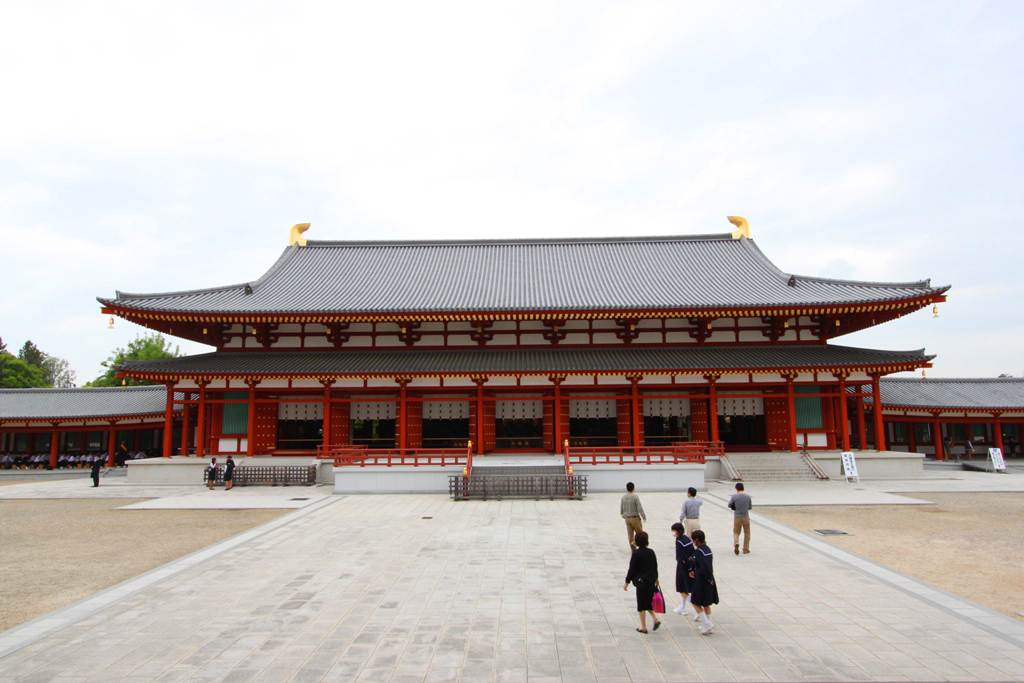
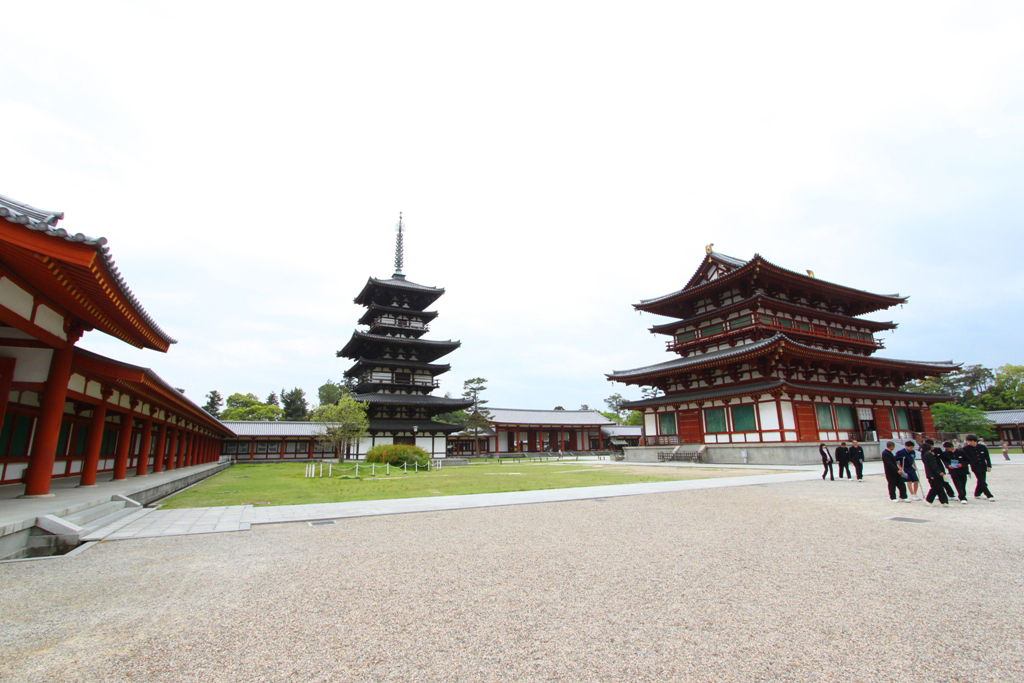

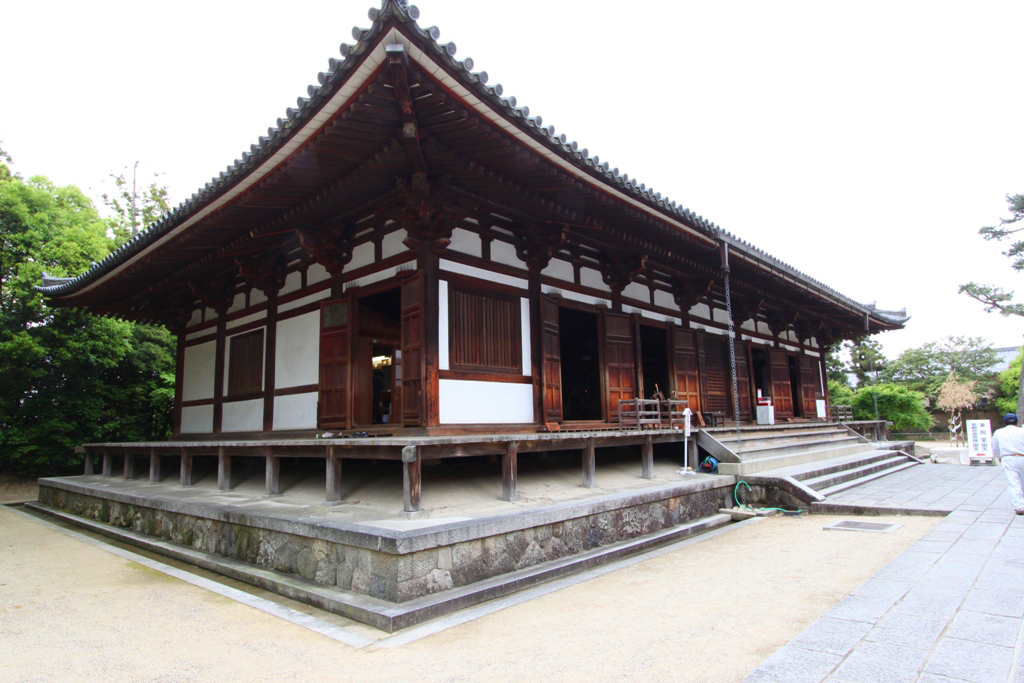

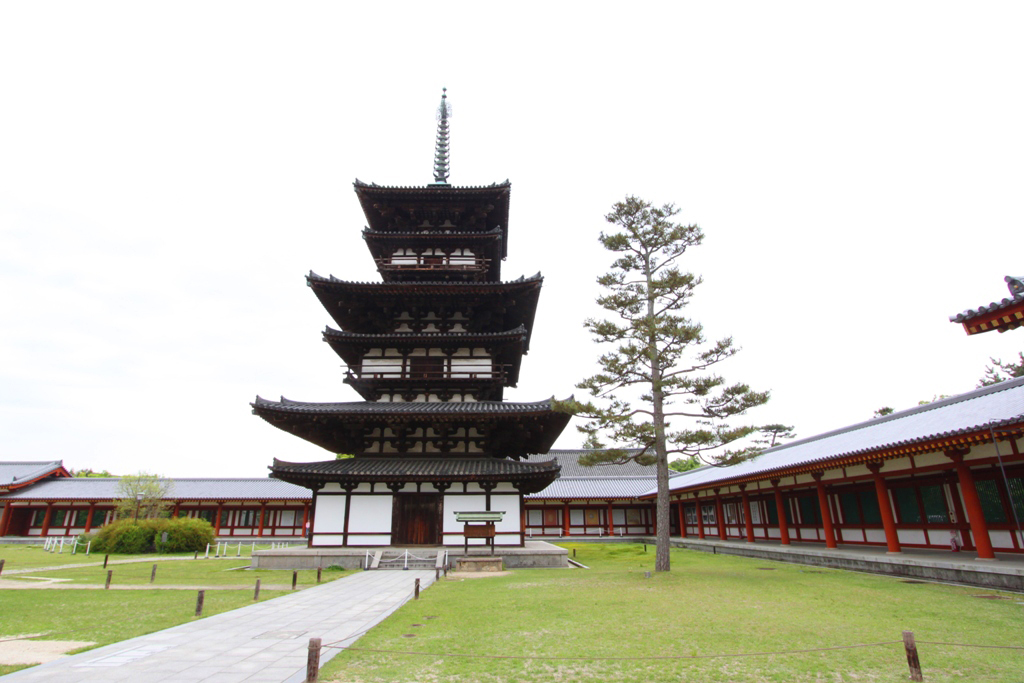
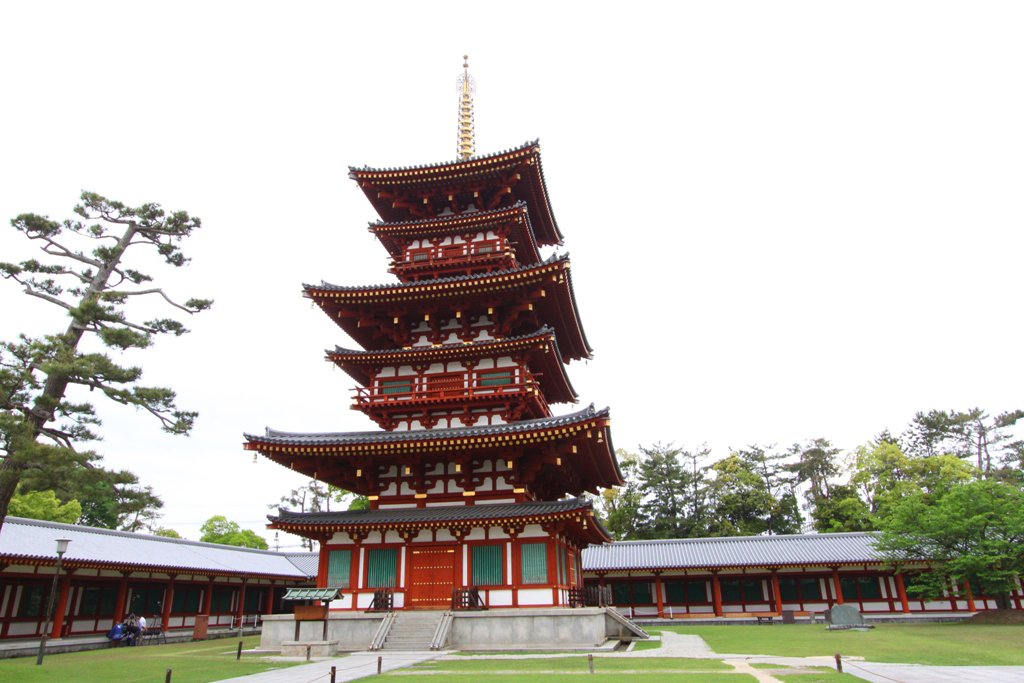
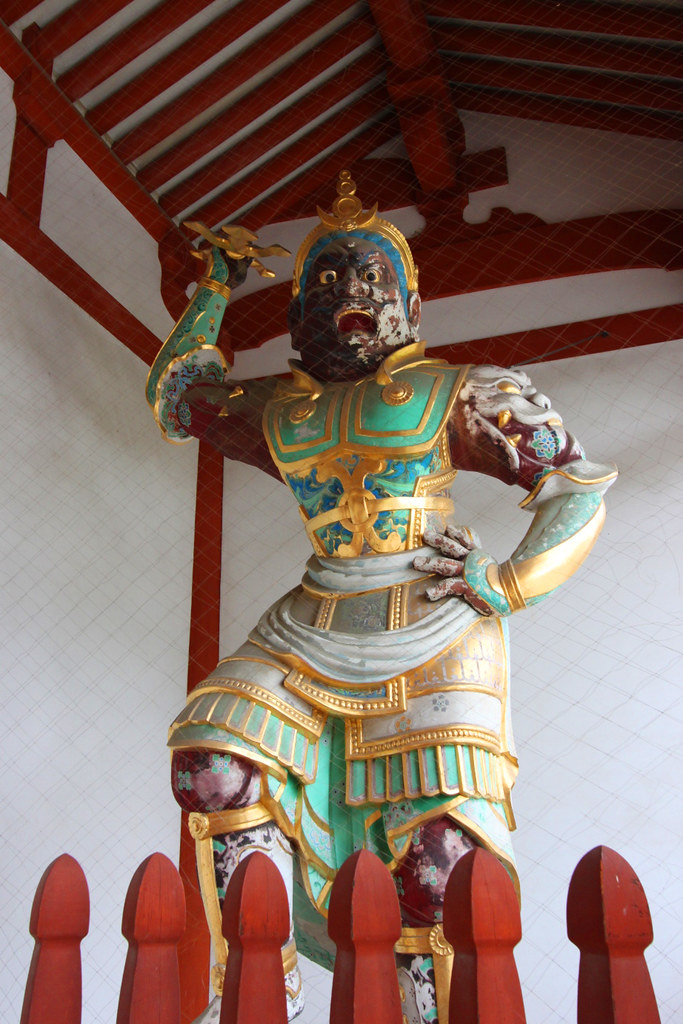
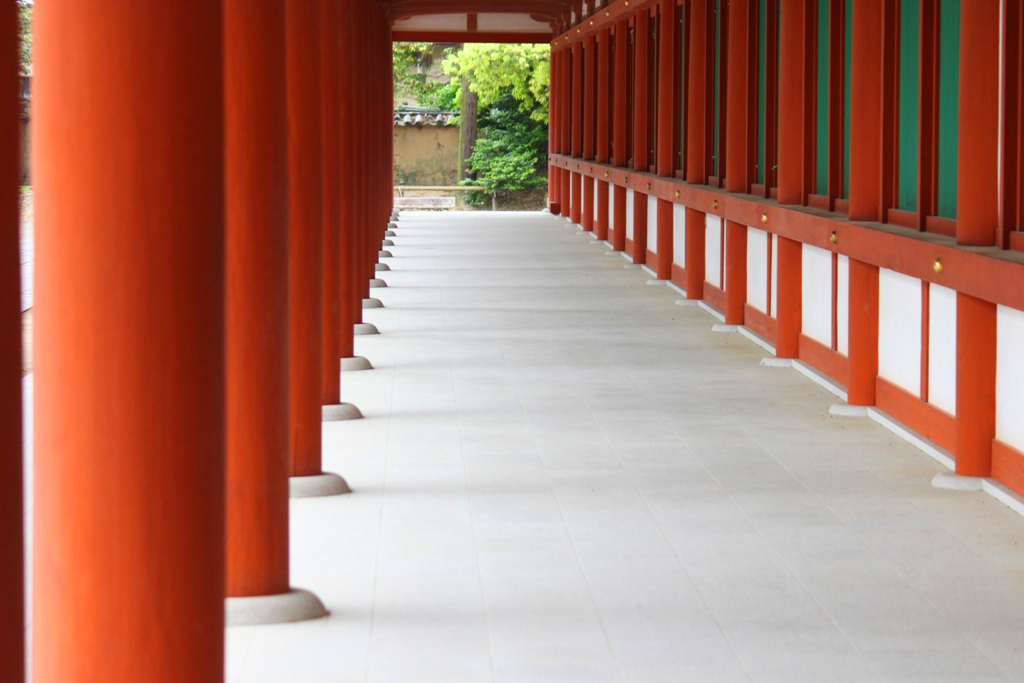
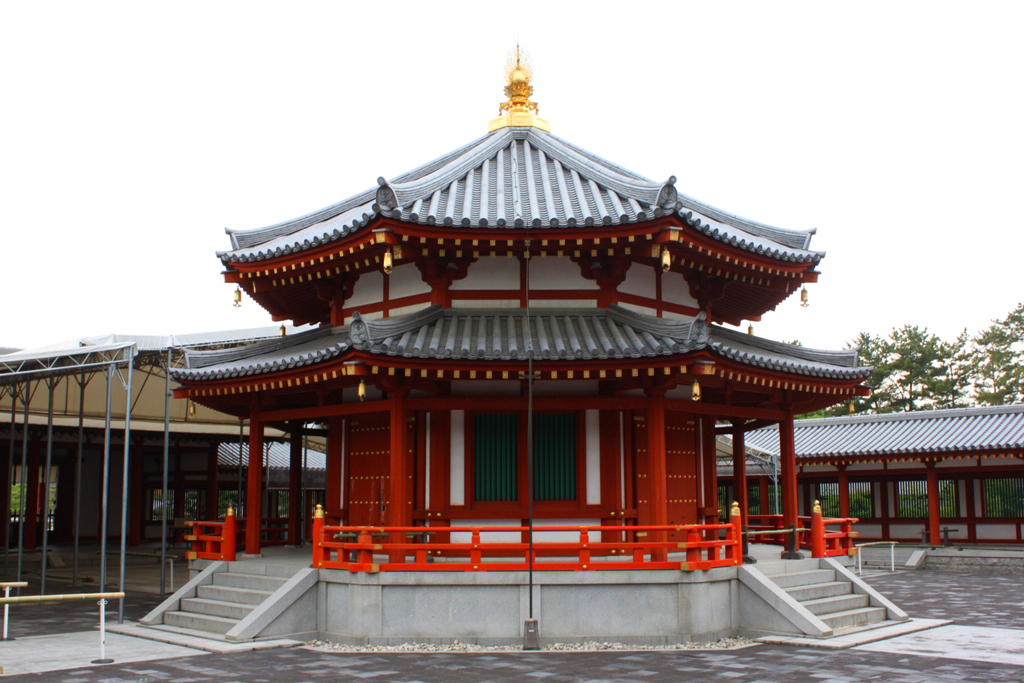
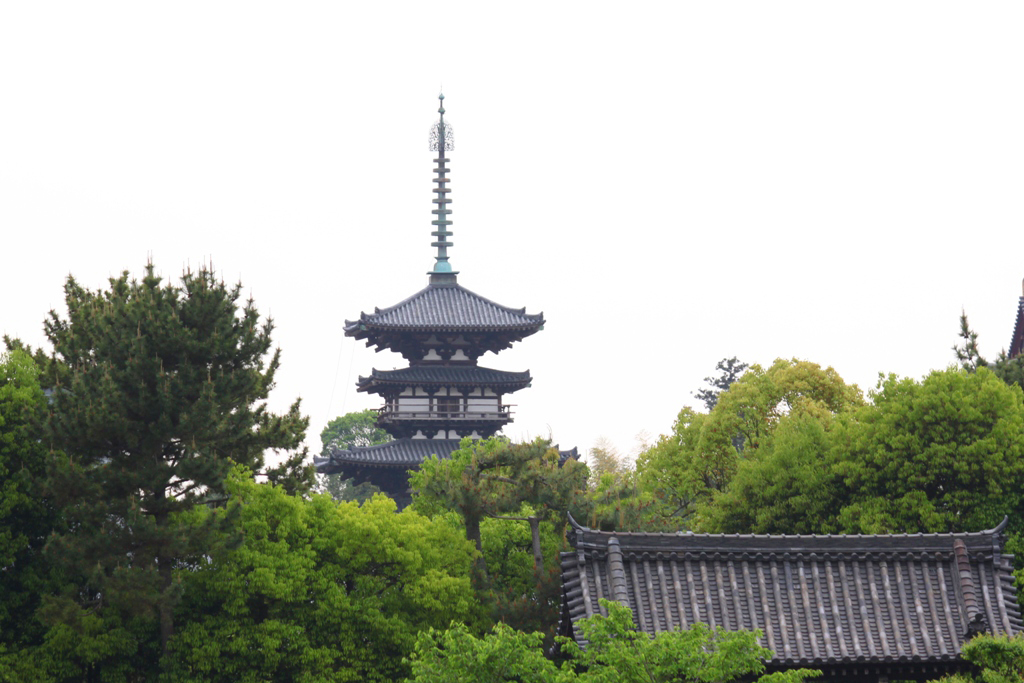
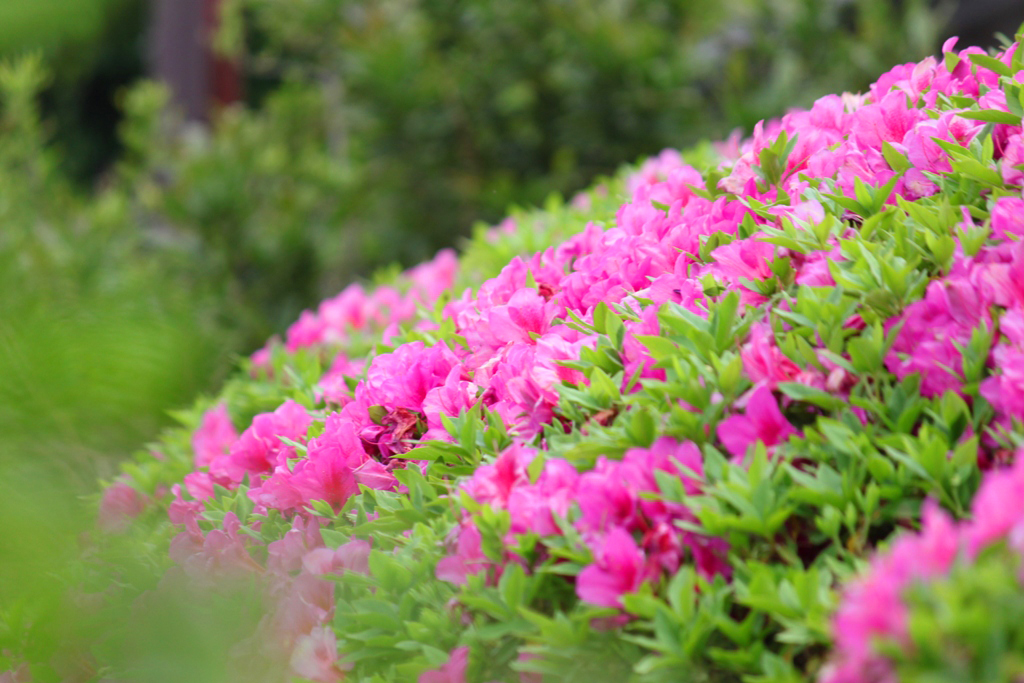
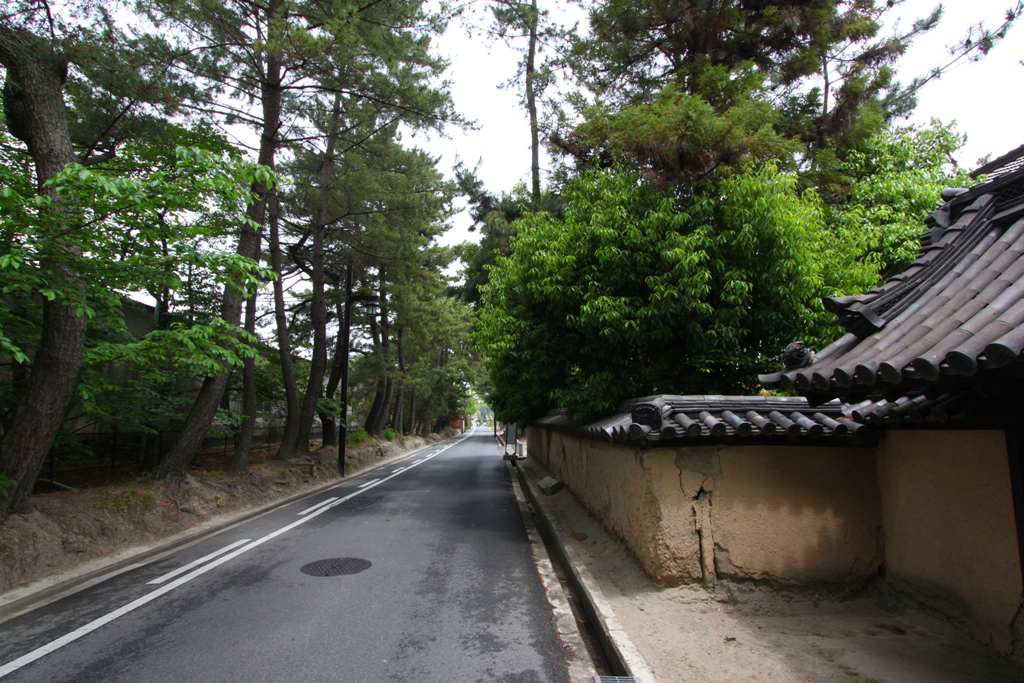
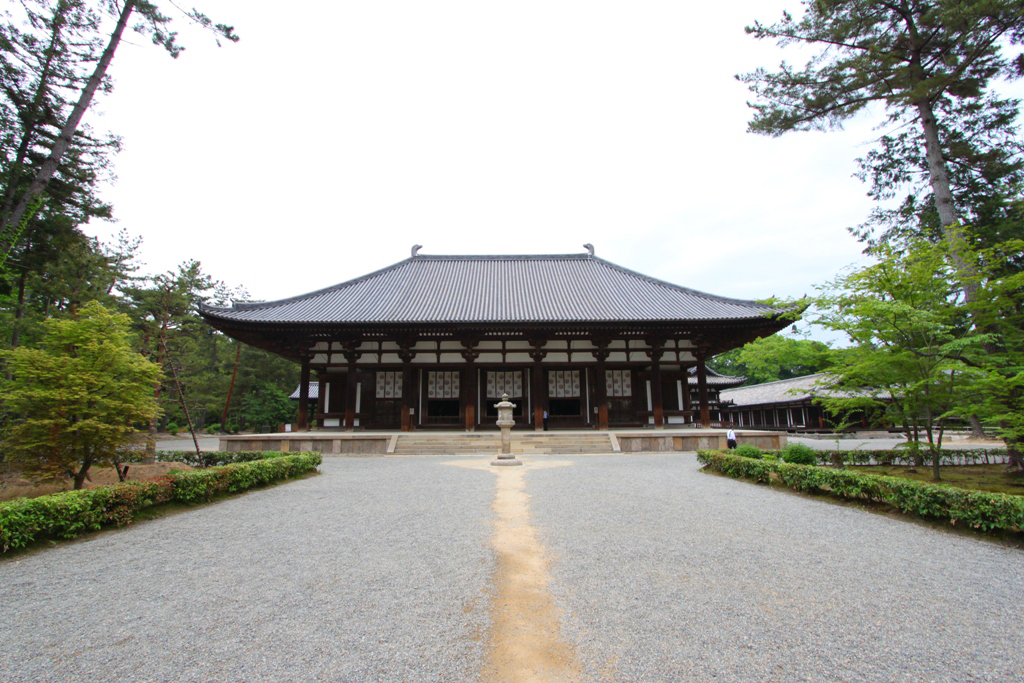
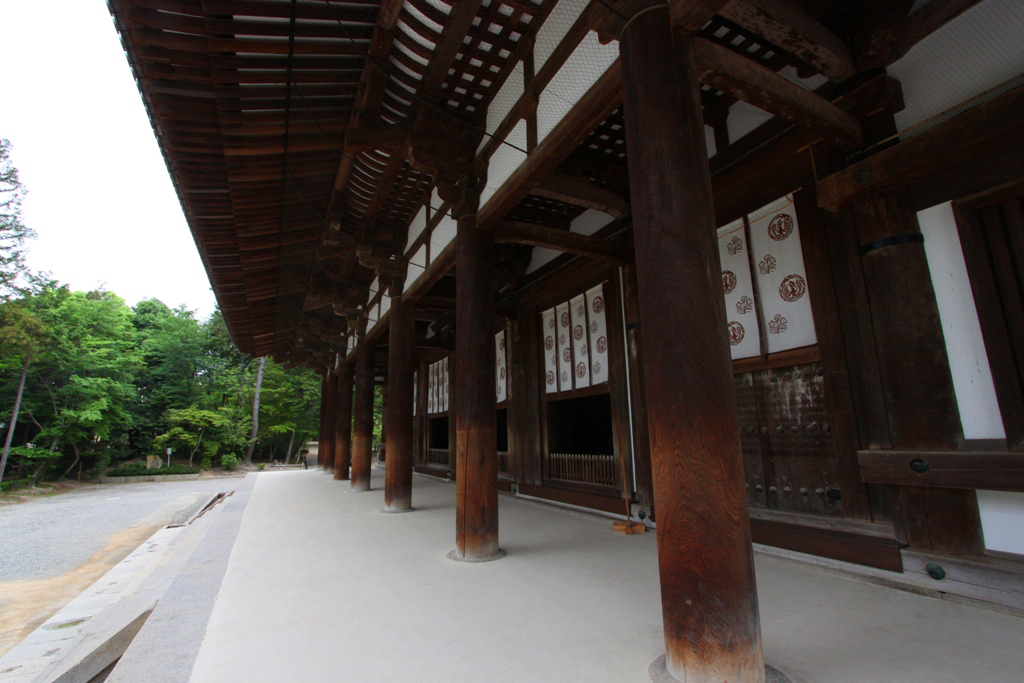
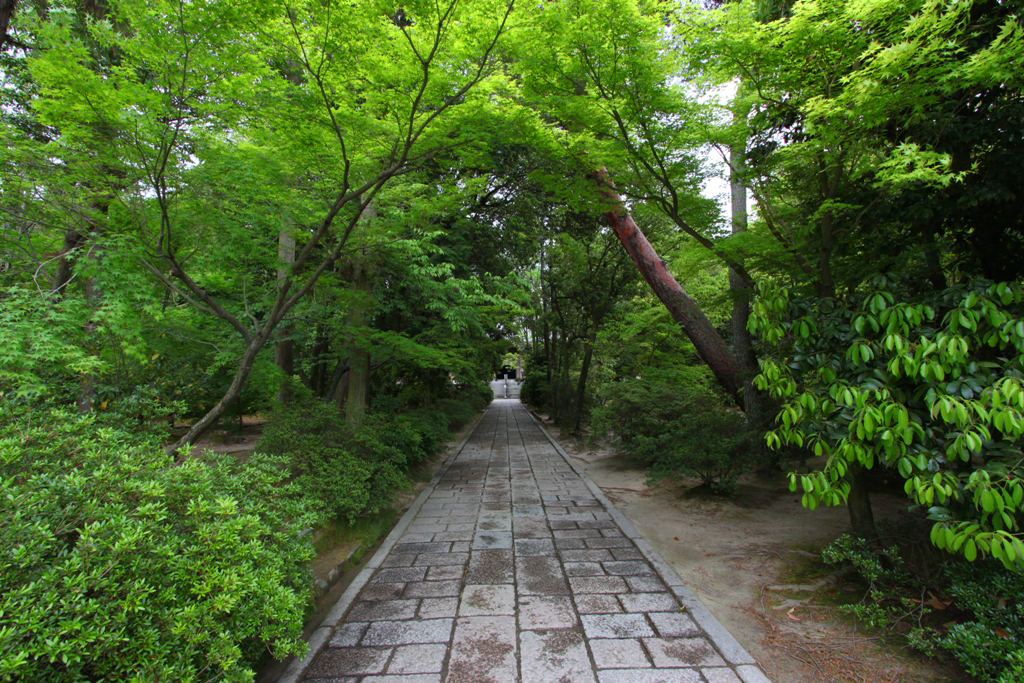
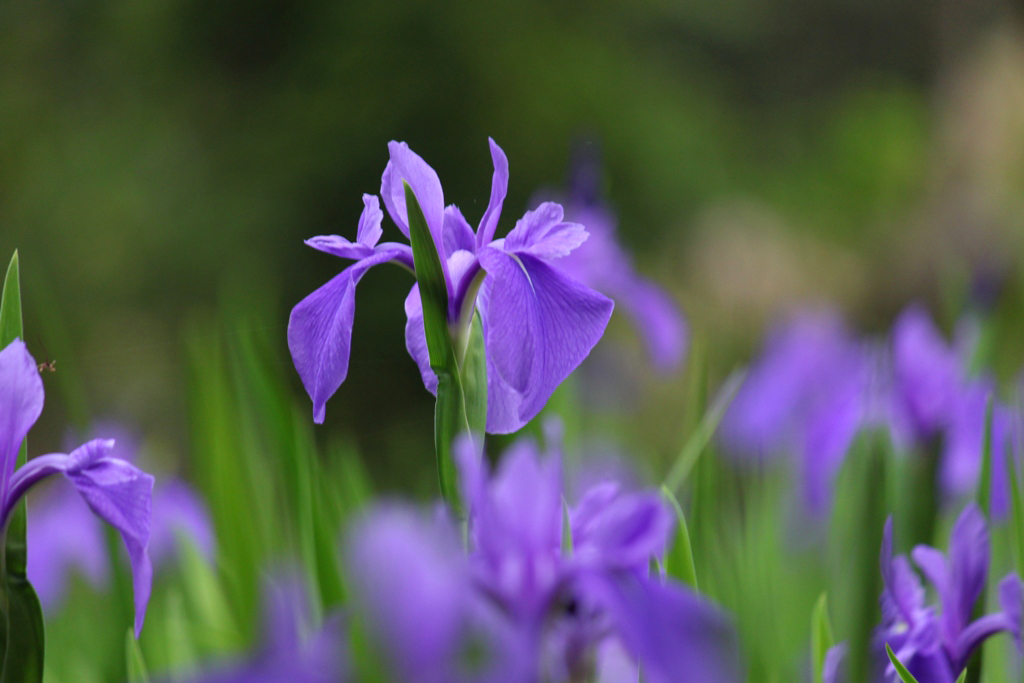
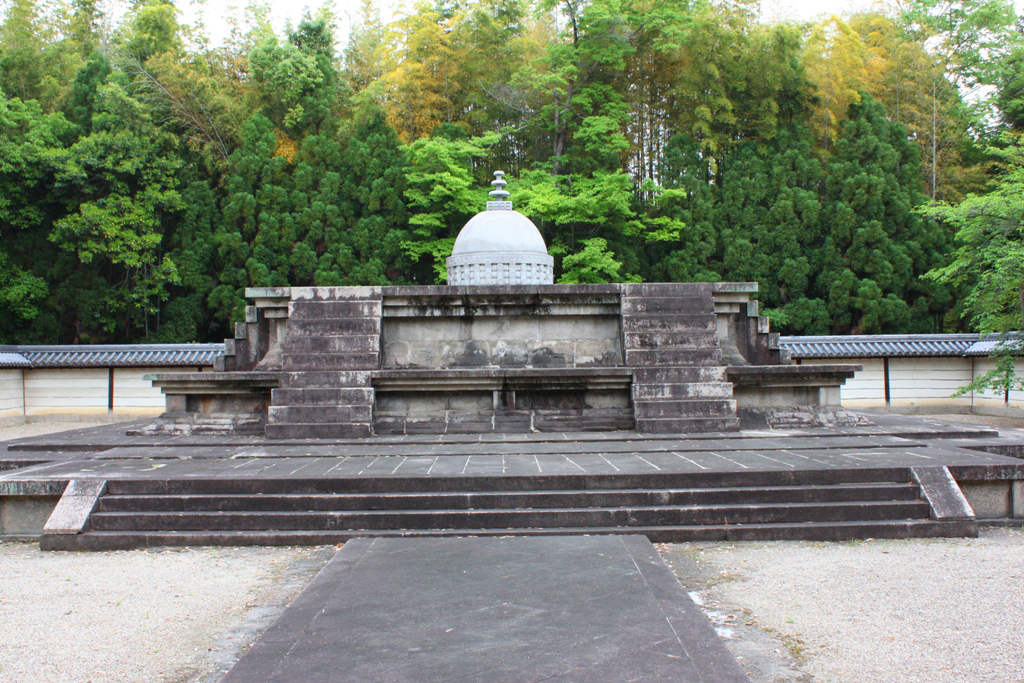
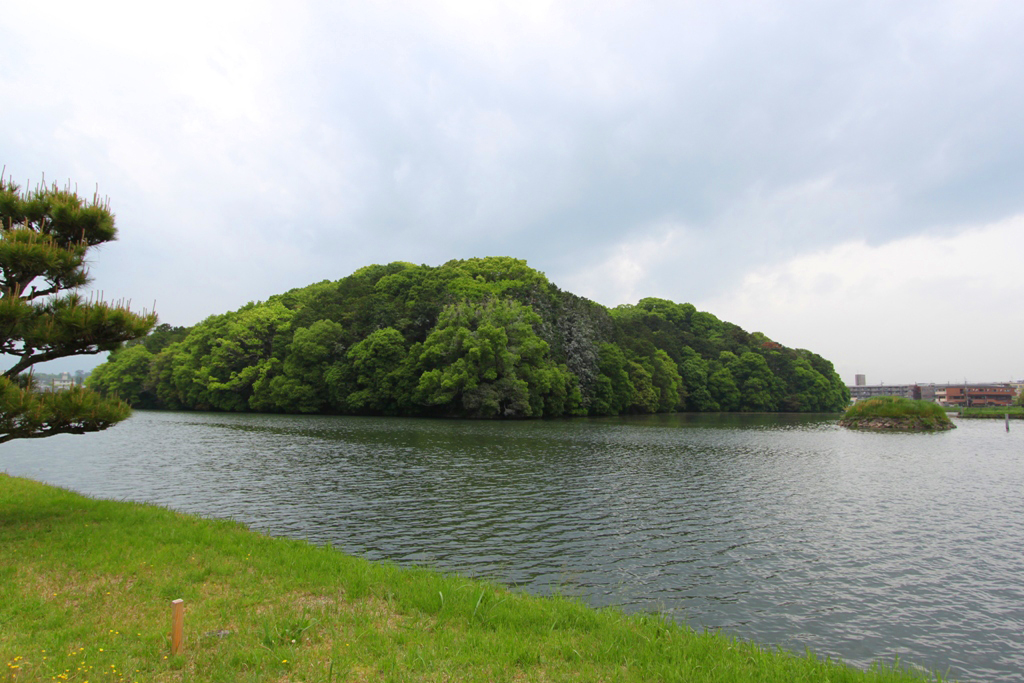
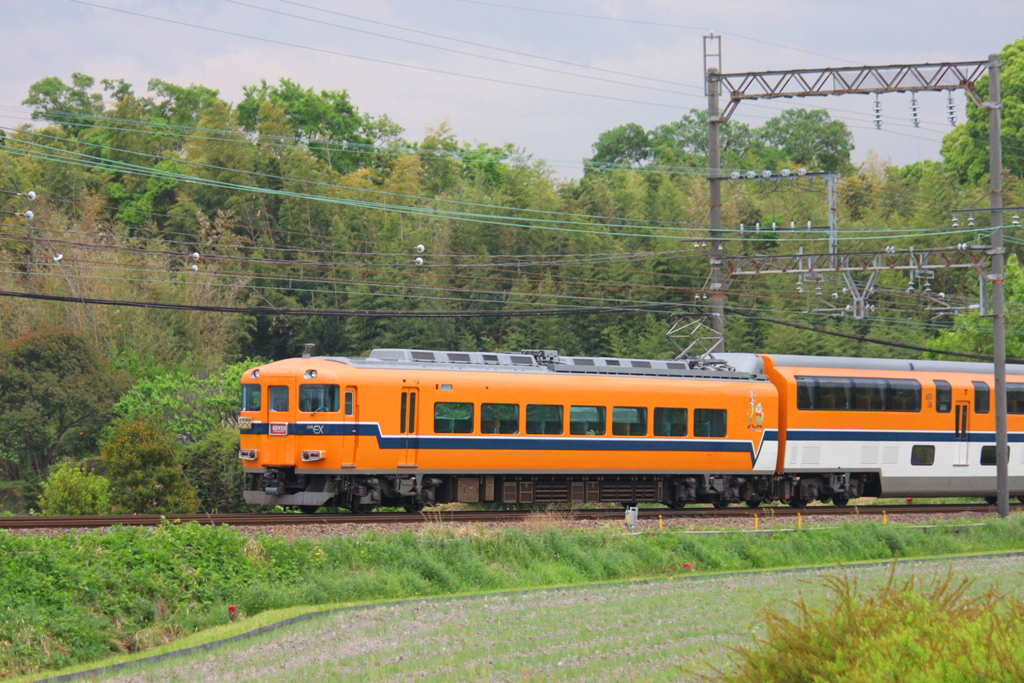
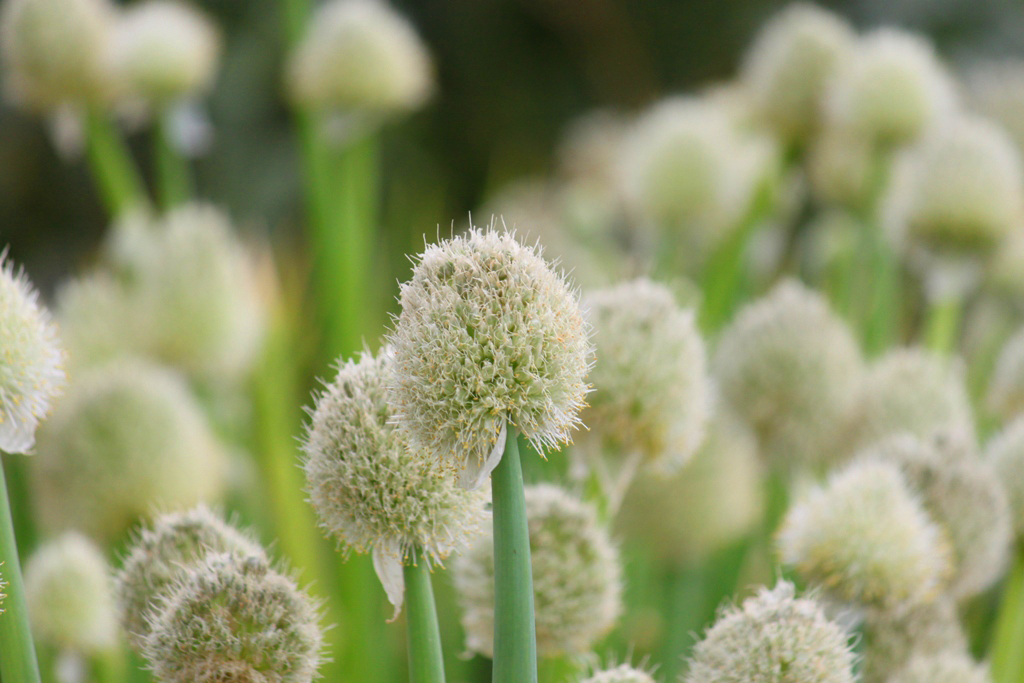

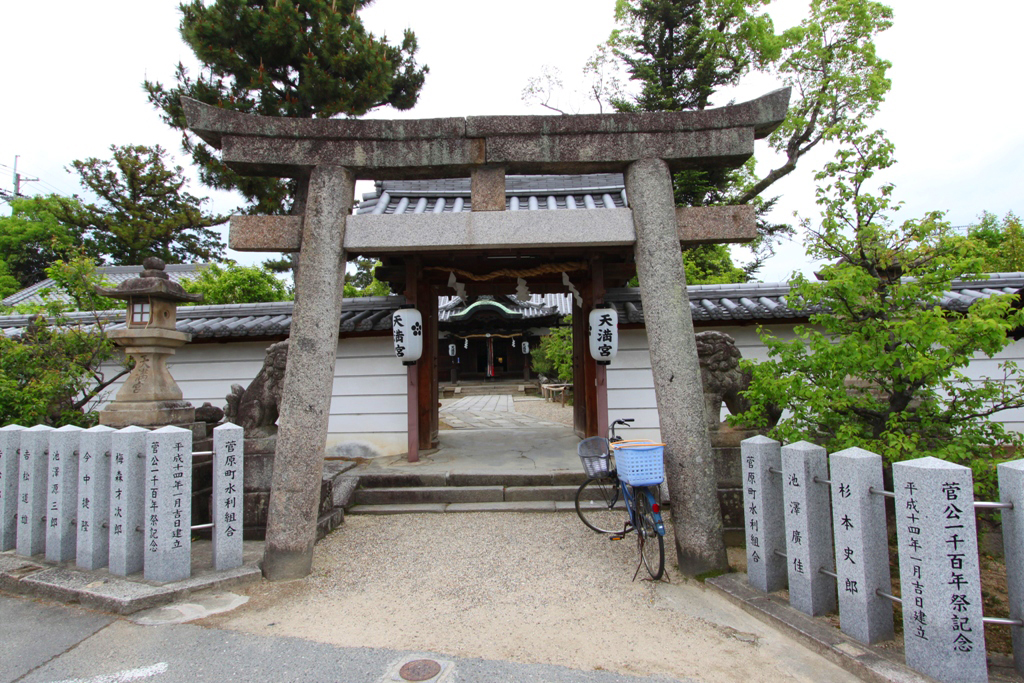
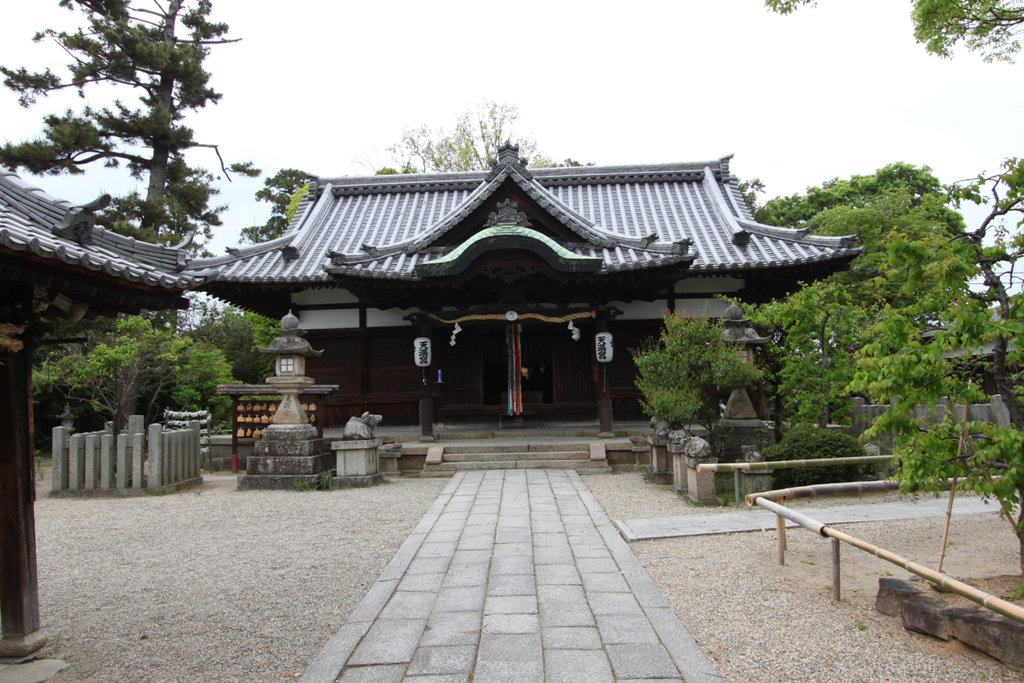
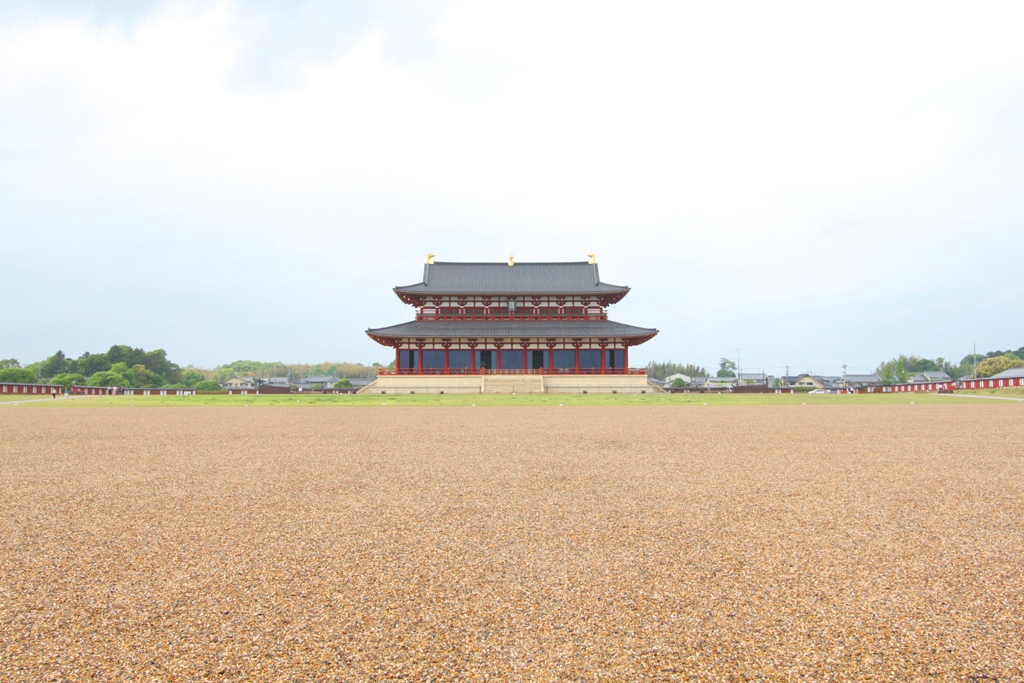
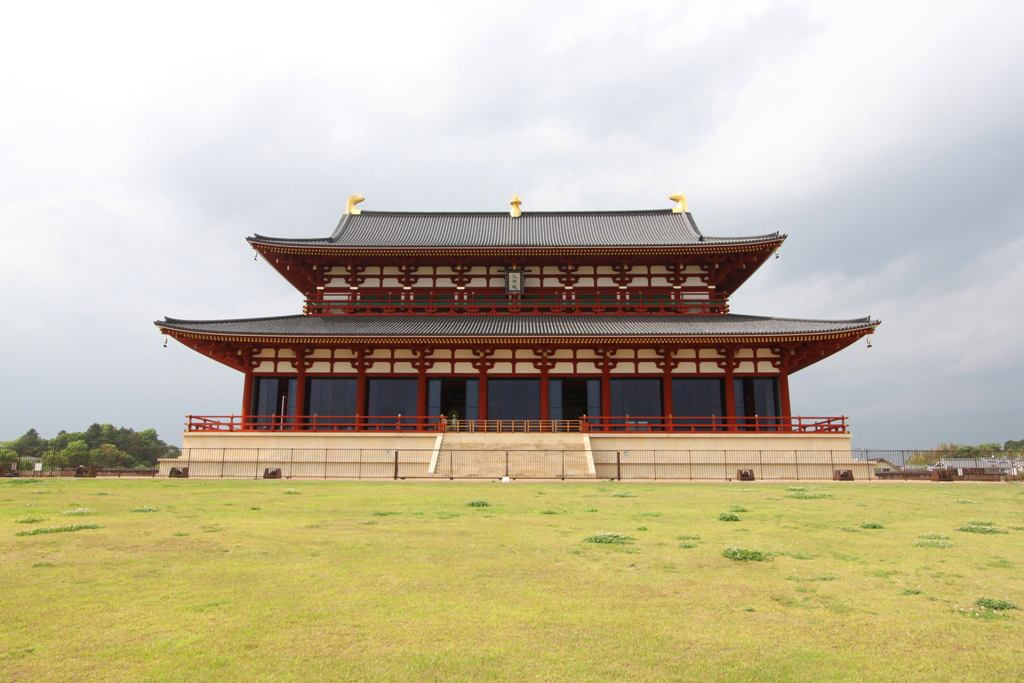











Leave a Reply